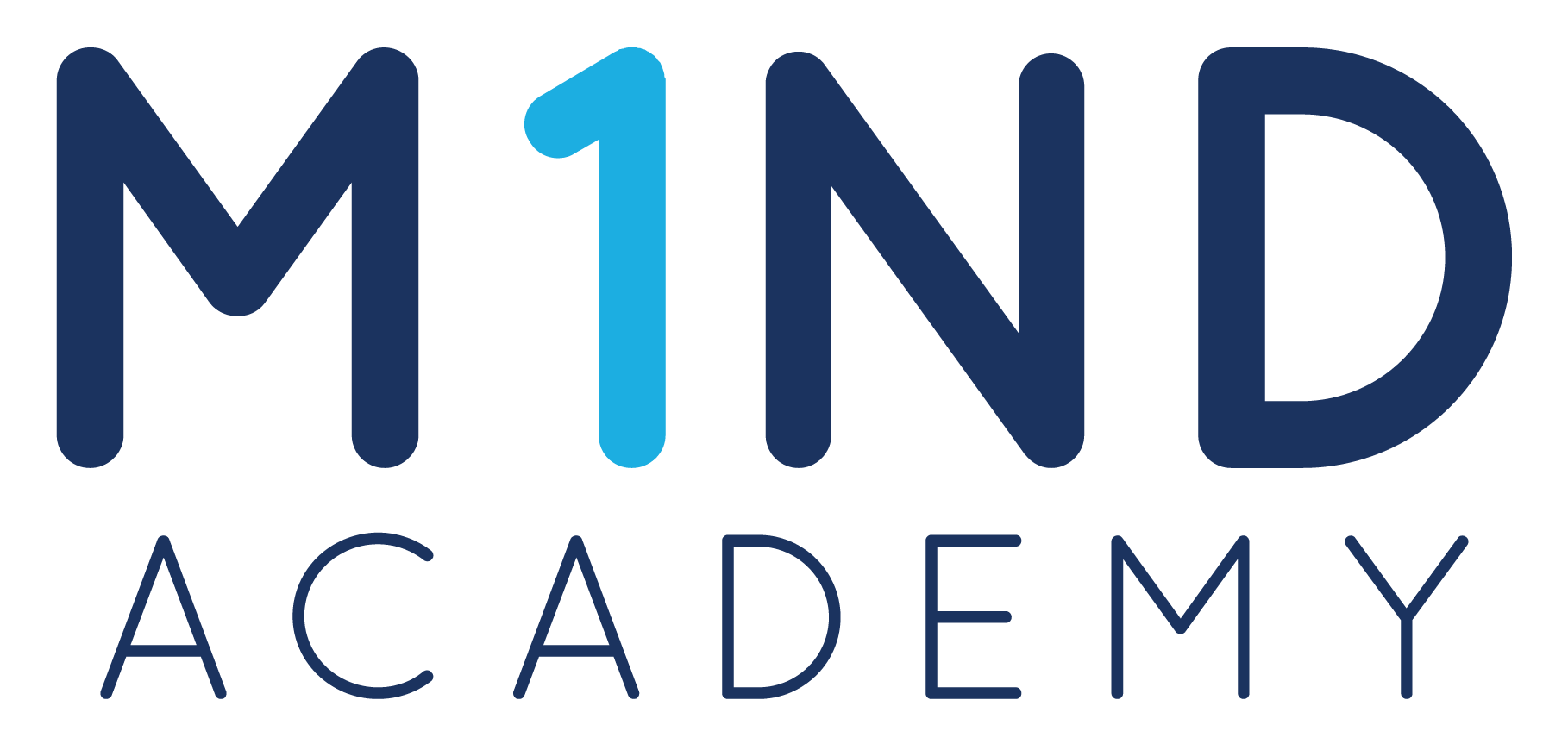6.2 Video
Chapter Outline (with Timestamps)
00:00 – Introduction & Overview
Ali and Alaa open the discussion and introduce Competency 6: Listens Actively.
01:43 – Why Listening Matters
Alaa shares why this is his favorite competency and how noticing subtle cues changes coaching impact.
02:30 – Ali’s Discovery of Coaching through Listening
Ali recalls his early realization that he wasn’t truly listening, even as an experienced teacher.
04:44 – Coaching vs. Teaching: The Key Difference
Discussion on how listening transforms both teaching and consulting practices.
07:34 – Considering Client Context
Understanding client background, identity, culture, and environment as foundational for effective communication.
11:01 – Vocabulary and Meaning in Context
How exploring words like “success” reveals different personal definitions and motivations.
15:42 – Reflecting and Summarizing for Clarity
Why reflection ensures shared understanding and prevents assumptions.
17:47 – The Networking Analogy for Reflection
Comparing communication feedback loops to data transmission and checksums.
21:04 – The Power of Being Seen and Heard
How reflection and mirroring help clients feel validated and build trust.
22:54 – Recognizing What’s Not Being Said
Reading between the lines and identifying deflection, contradiction, and silence.
29:03 – Coaching Clients with ADHD and Deflection
Ali discusses how patterns of avoidance appear in neurodiverse clients and relationships.
31:04 – Reading Energy Shifts and Nonverbal Cues
Tuning into tone, movement, and emotion as part of full-body listening.
34:22 – Full-Body Listening and Leaning In
Exploring how coaches can sense beyond words to unlock client self-awareness.
36:39 – Mirroring Language, Tone, and Analogies
How to reflect a client’s metaphors (“forest,” “ship”) to deepen insight.
39:15 – Contradictions and Emotional Truth
Recognizing mismatches between words, tone, and body language to guide deeper reflection.
42:14 – Spotting Patterns Across Sessions
Tracking recurring behaviors and emotions to reveal client growth themes.
47:00 – Coaching Is a Process, Not a One-Off
Why sustainable growth needs multiple sessions and consistent reflection.
51:23 – Common Pitfalls in Active Listening
Avoiding over-anticipation, interruption, and over-reliance on paraphrasing.
54:23 – Contextualizing Nonverbal Cues
Understanding cultural and personal factors in client behavior and posture.
57:21 – Don’t Rush the Conversation
Learning patience and embracing silence as part of the coaching process.
58:26 – Useful Phrases for Reflection
Examples of effective reframing statements for coaches.
01:00:27 – Key Takeaways
Summarizing main insights: validate, reflect, stay curious, and value silence.
01:03:40 – Coaching Logistics and Best Practices
Ali shares setup rules for online and in-person sessions to preserve coaching quality.
01:04:22 – Closing Remarks
Ali and Alaa wrap up with reflections on how active listening transformed their approach.
